HAGIA SOPHIA
Hagia Sophia (Ayasofya) | Istanbul, Turkey
Commissioned by Byzantine Emperor Justinian I and constructed in the 6th century (532 – 537 AD), Hagia Sophia is generally considered to be one of the most important existing examples of Byzantine architecture. Consecrated as a church in 537, converted to a mosque by Mehmet the Conqueror in 1453 and declared a museum by Ataturk in 1935, Hagia Sophia received designation as a UNESCO World Heritage site in 1985.
Hagia Sophia is not the first church located on the site. The original church, commissioned by the Emperor Constantius in 360 AD, burned to the ground in 404 AD. In 415 AD, Emperor Theodosius II commissioned a second church. During the Nika revolt against Emperor Justinian in 532 AD, the second church suffered a similar fate when it was also destroyed. Lasting over a week, the Nika riots were the most violent in the city’s history. Nearly half Constantinople burned and thousands perished.
The destruction of the second church allowed Emperor Justinian I to commission a grand church. When built, the scale of the Hagia Sophia exceeded that of any domed building in the world. The architectural marvel featured lavish decoration including gold mosaics and rare marble. Throughout history, the church has endured earthquakes, a conversion to Islamic usage and finally conversion to a museum.
Hagia Sophia
Sultan Ahmet Mahallesi
Ayasofya Meydanı
Fatih
Istanbul, Turkey 34122
Showing all 29 results
-
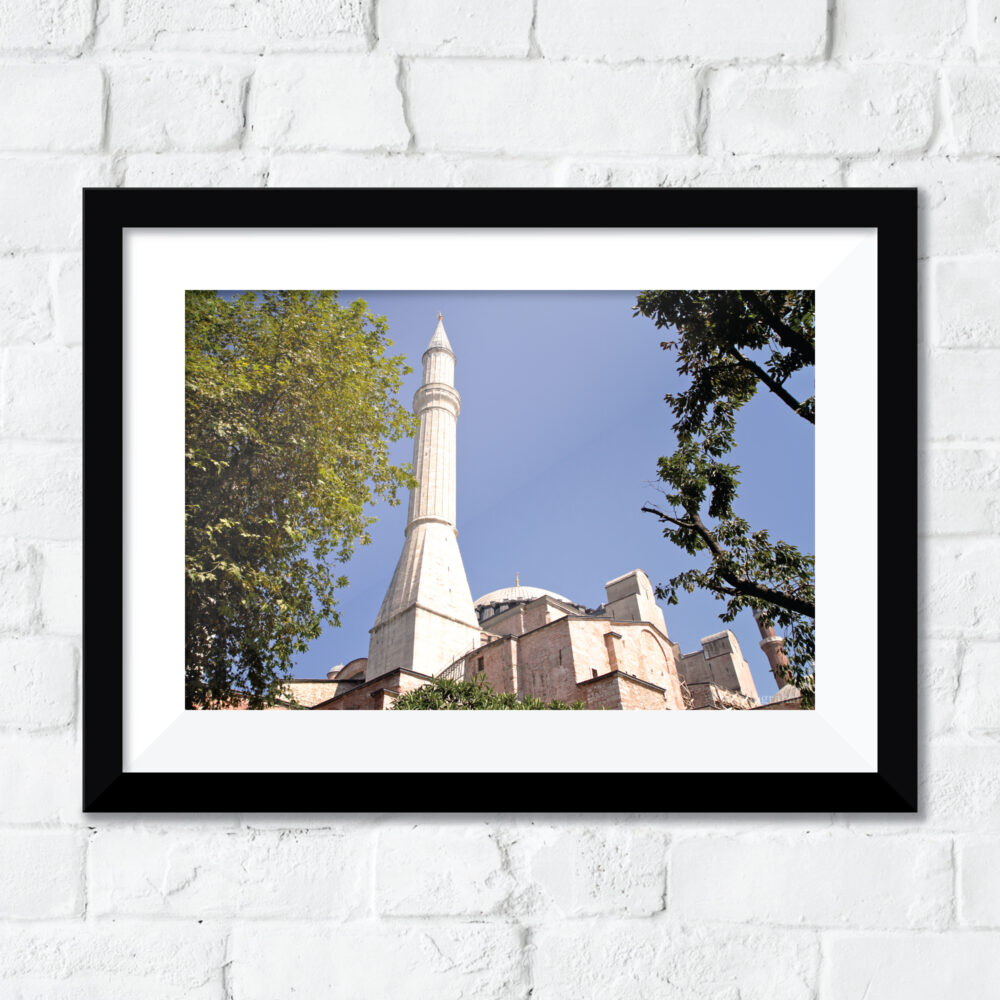
Free Hagia Sophia Photo
-

Free Hagia Sophia Photo
-
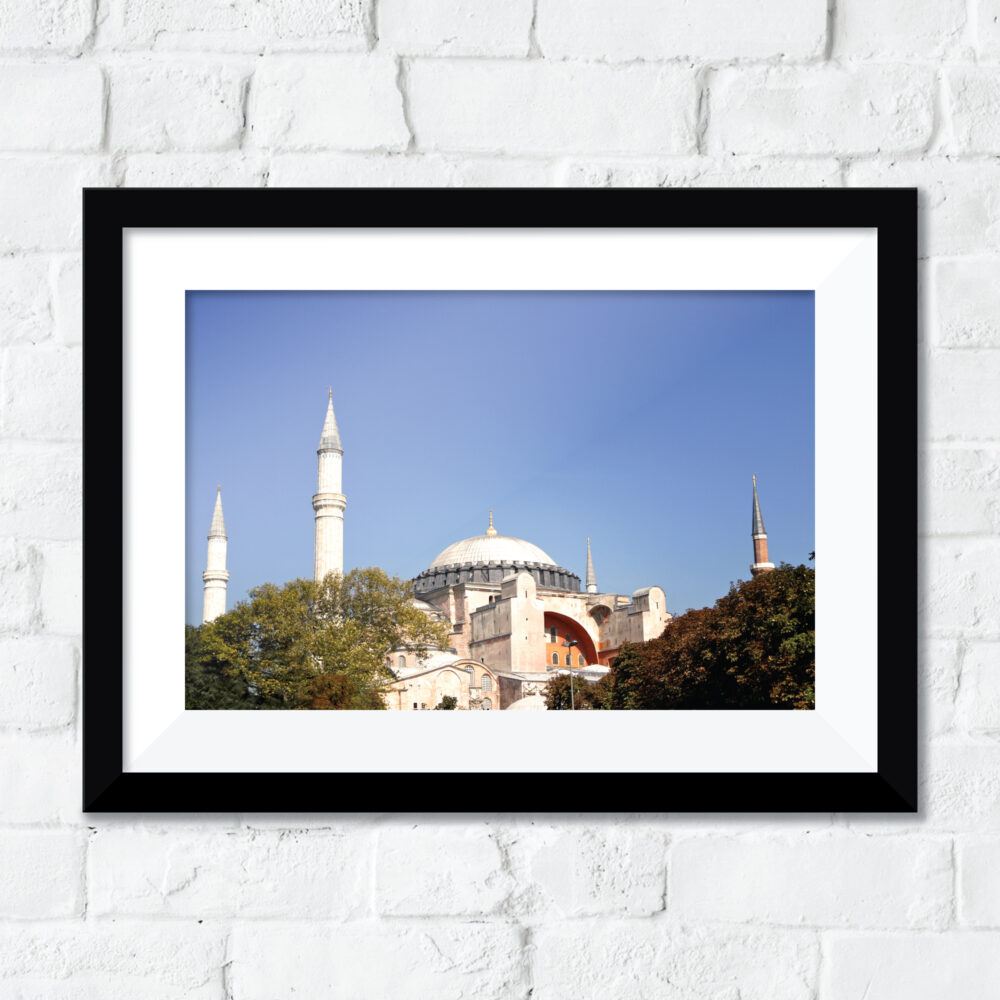
Free Hagia Sophia Photo
-

Free Hagia Sophia Photo
-
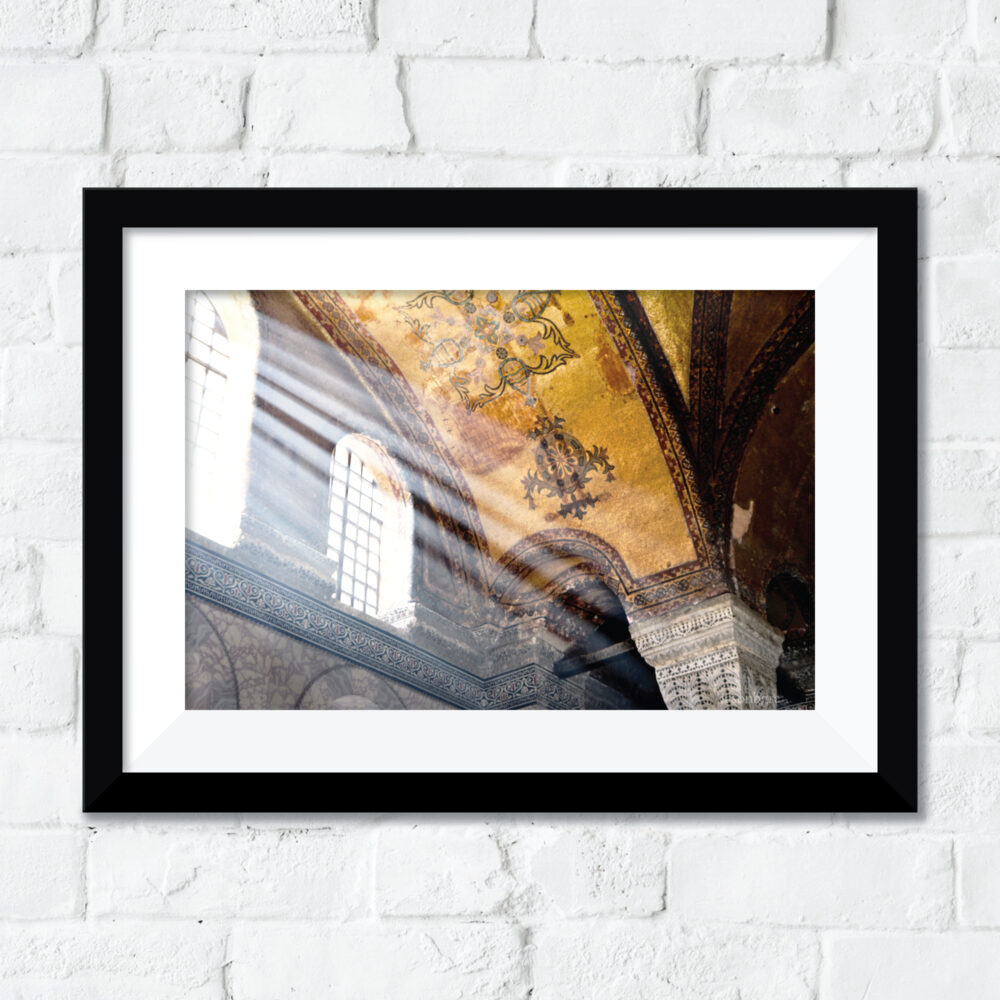
Free Hagia Sophia Photo
-
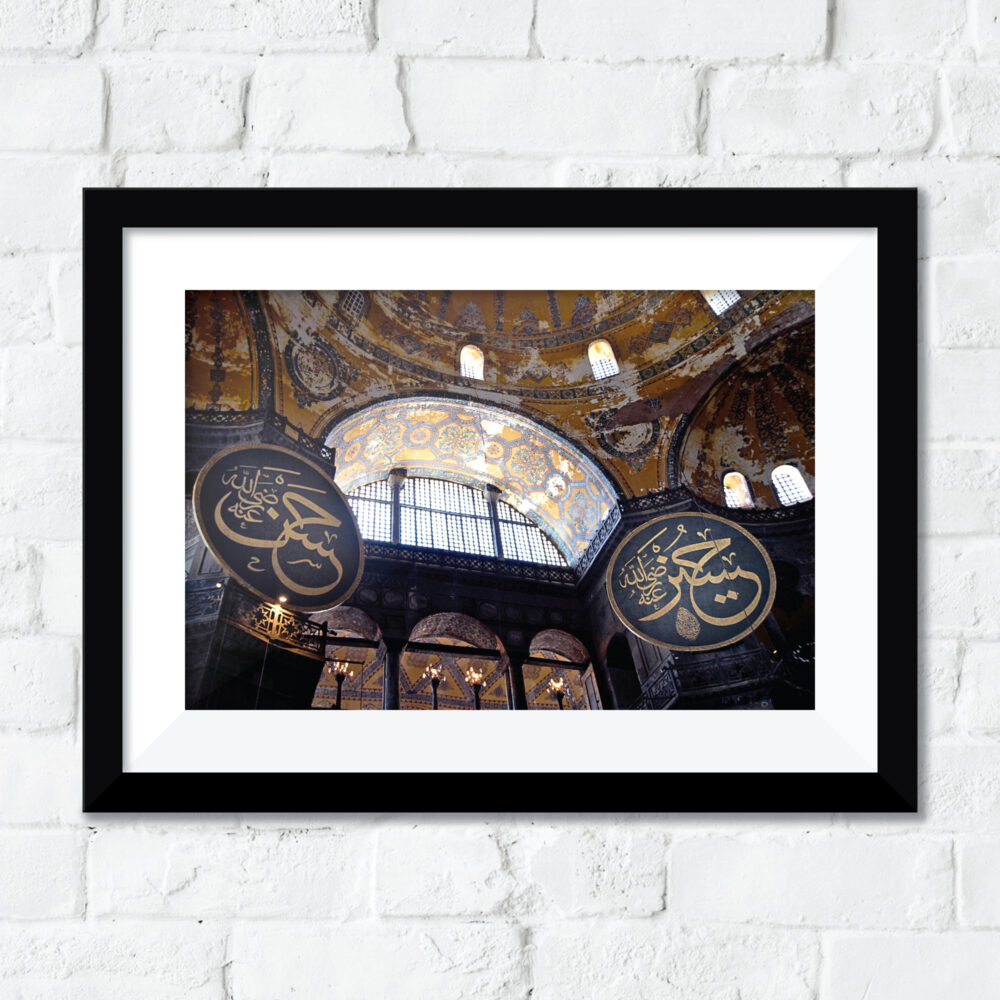
Free Hagia Sophia Photo
-
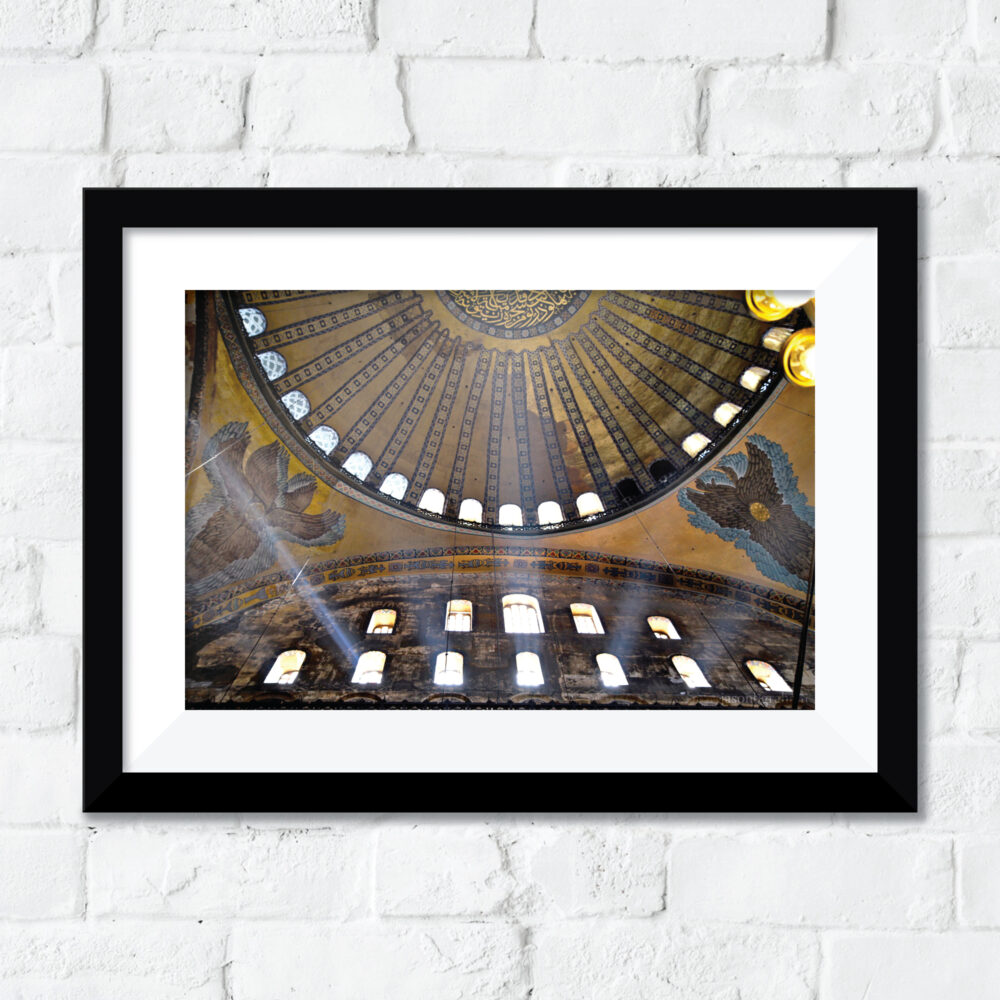
Free Hagia Sophia Photo
-
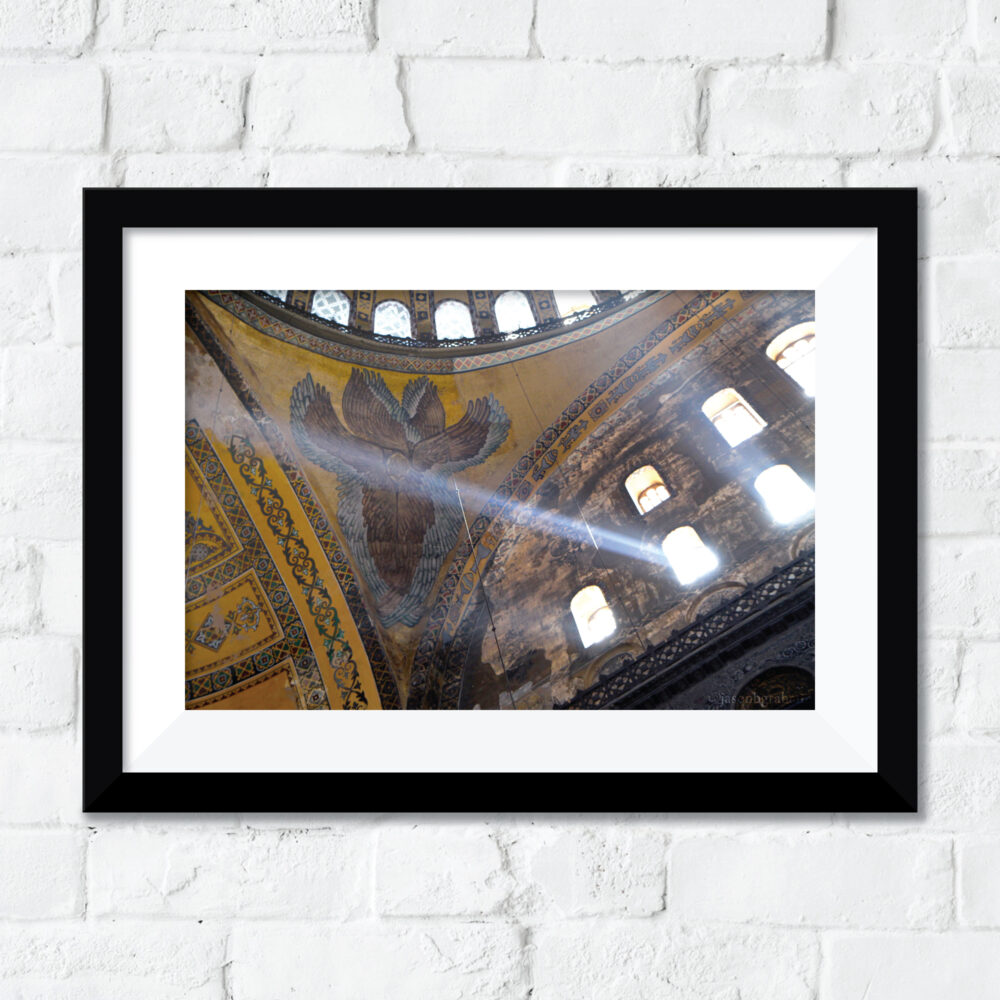
Free Hagia Sophia Photo
-

Free Hagia Sophia Photo
-
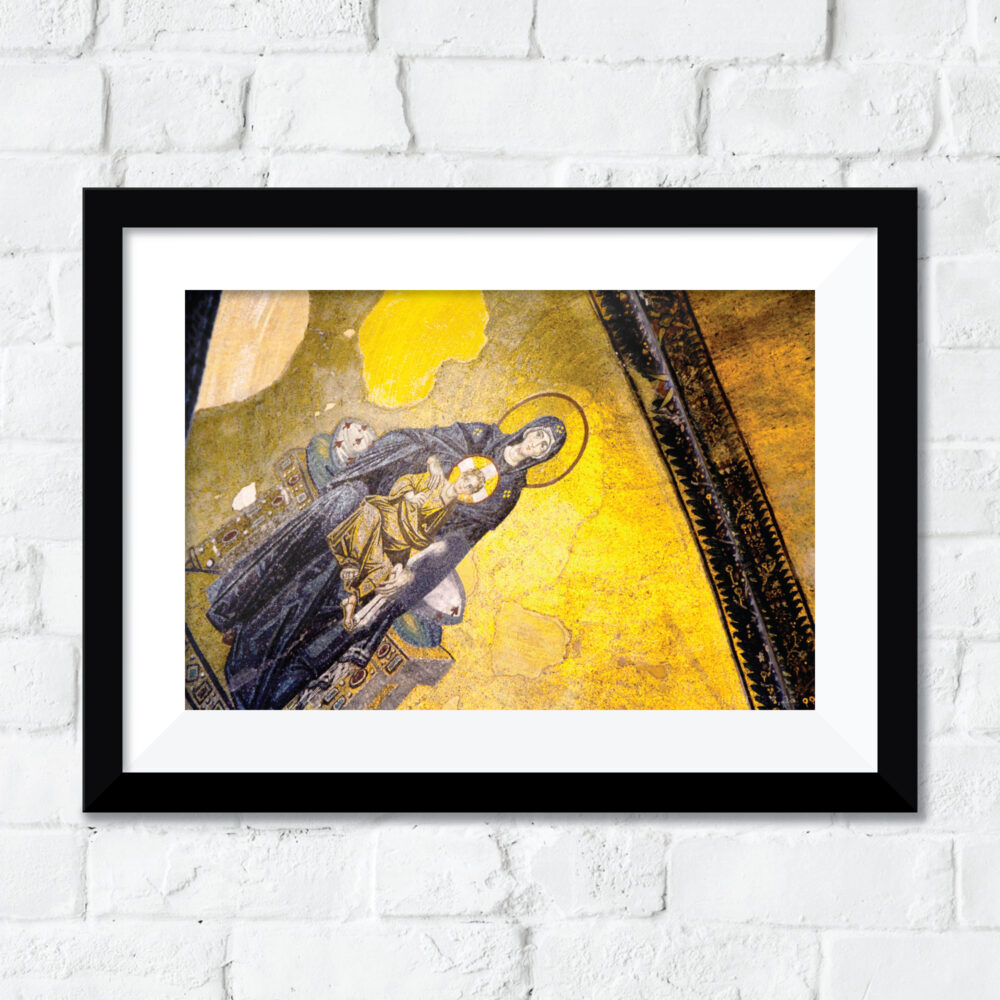
Free Hagia Sophia Photo
-
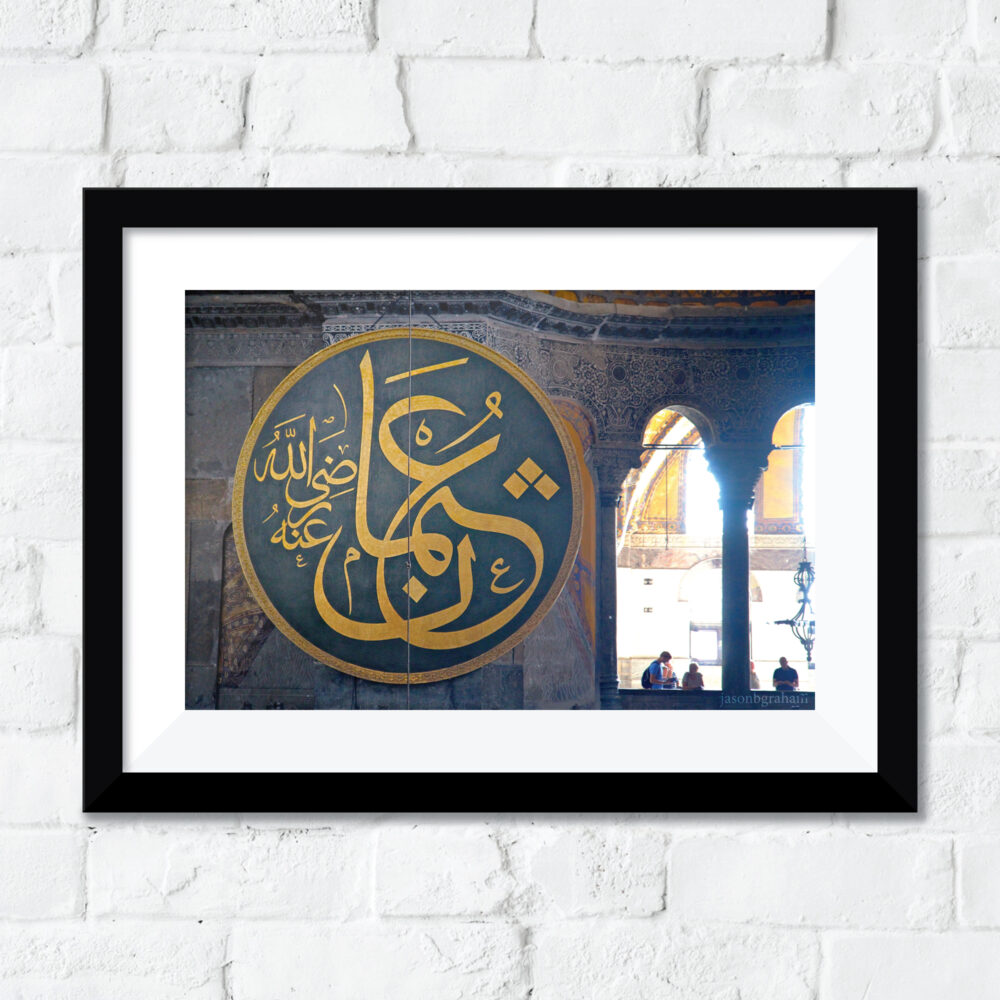
Free Hagia Sophia Photo
-
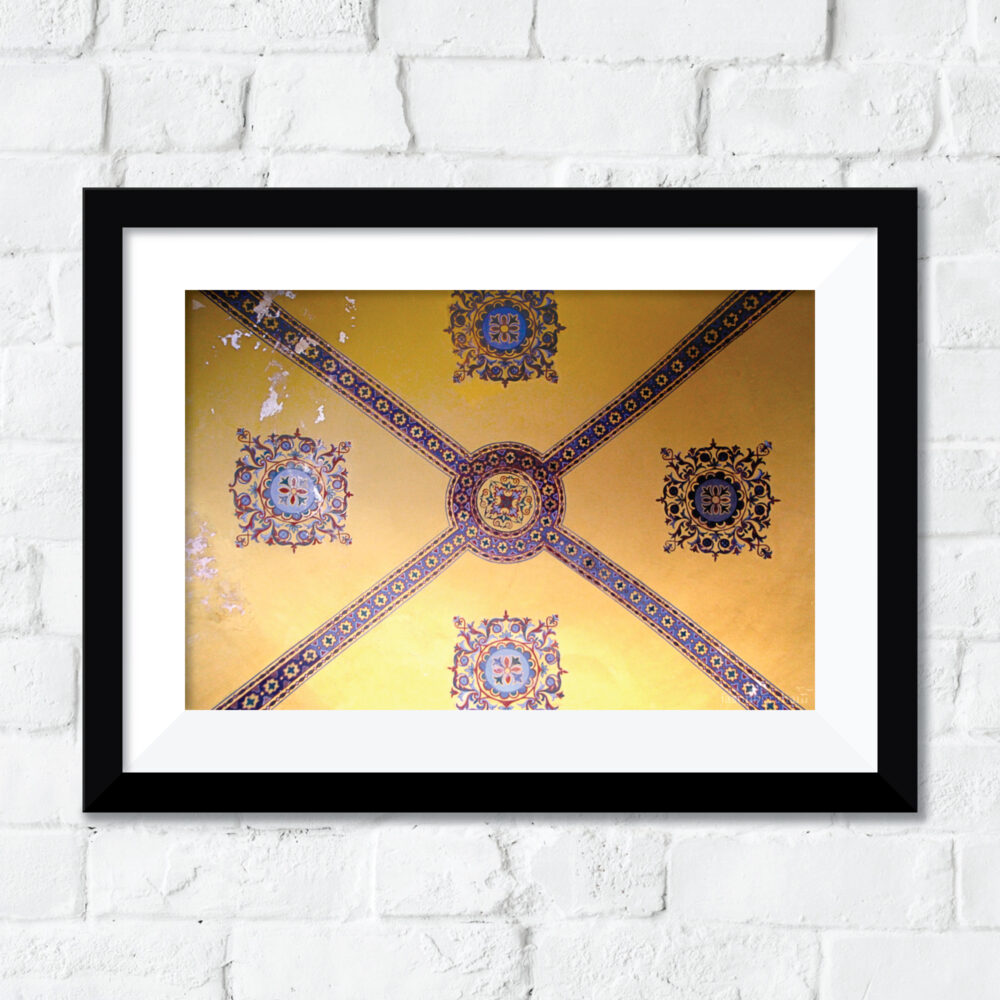
Free Hagia Sophia Photo
-
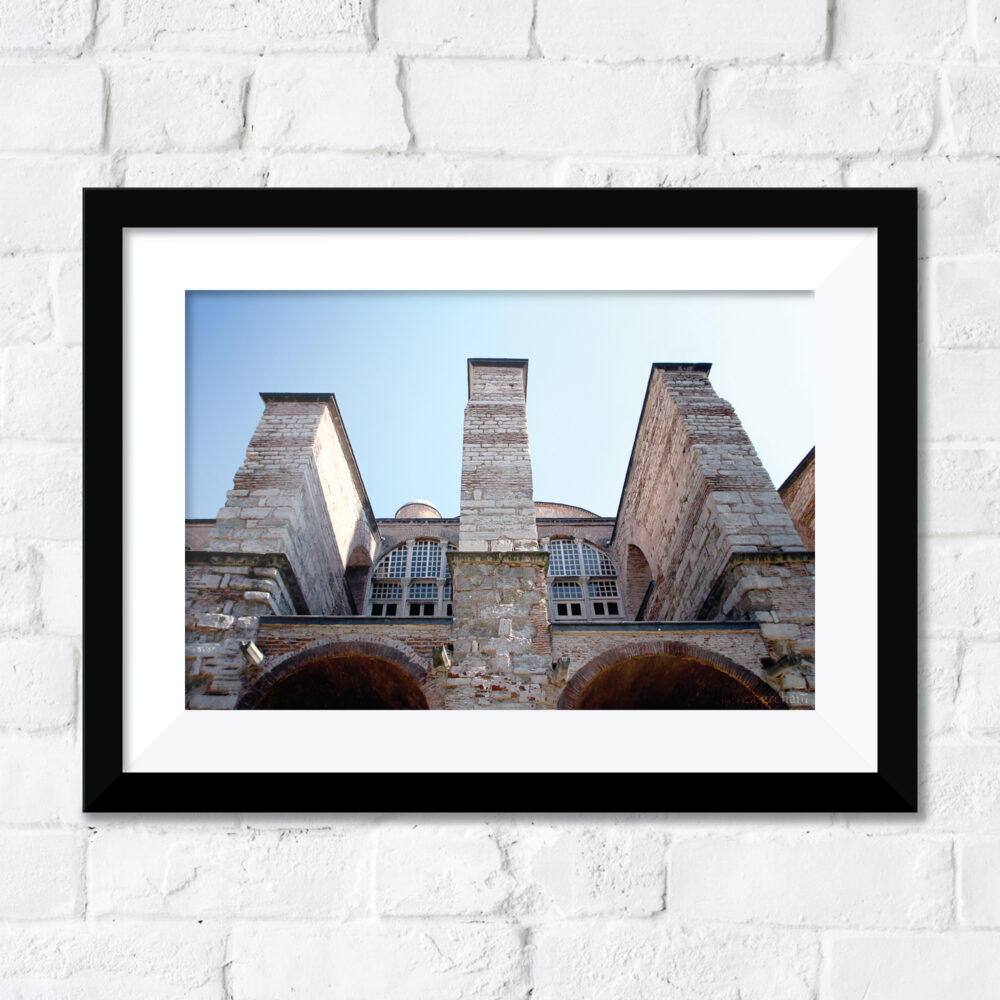
Free Hagia Sophia Photo
-
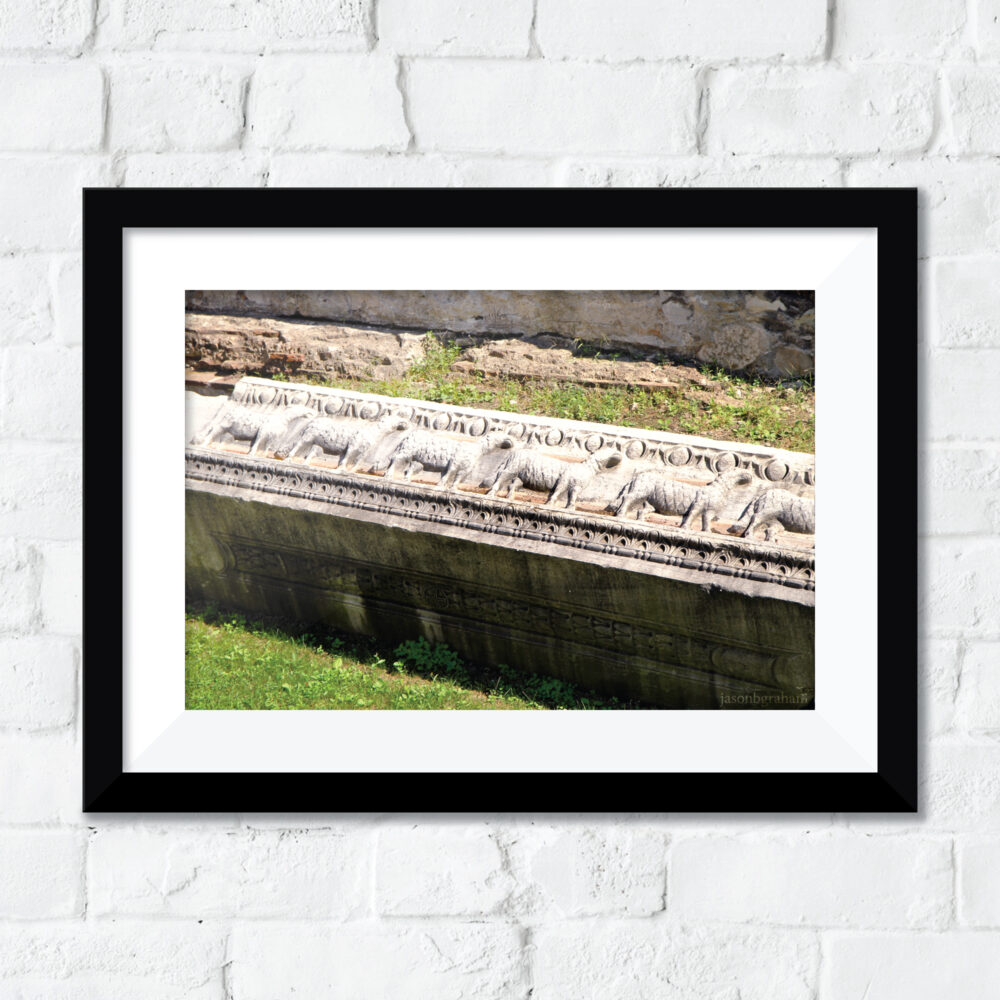
Free Hagia Sophia Photo
-

Free Hagia Sophia Photo
-

Free Hagia Sophia Photo
-
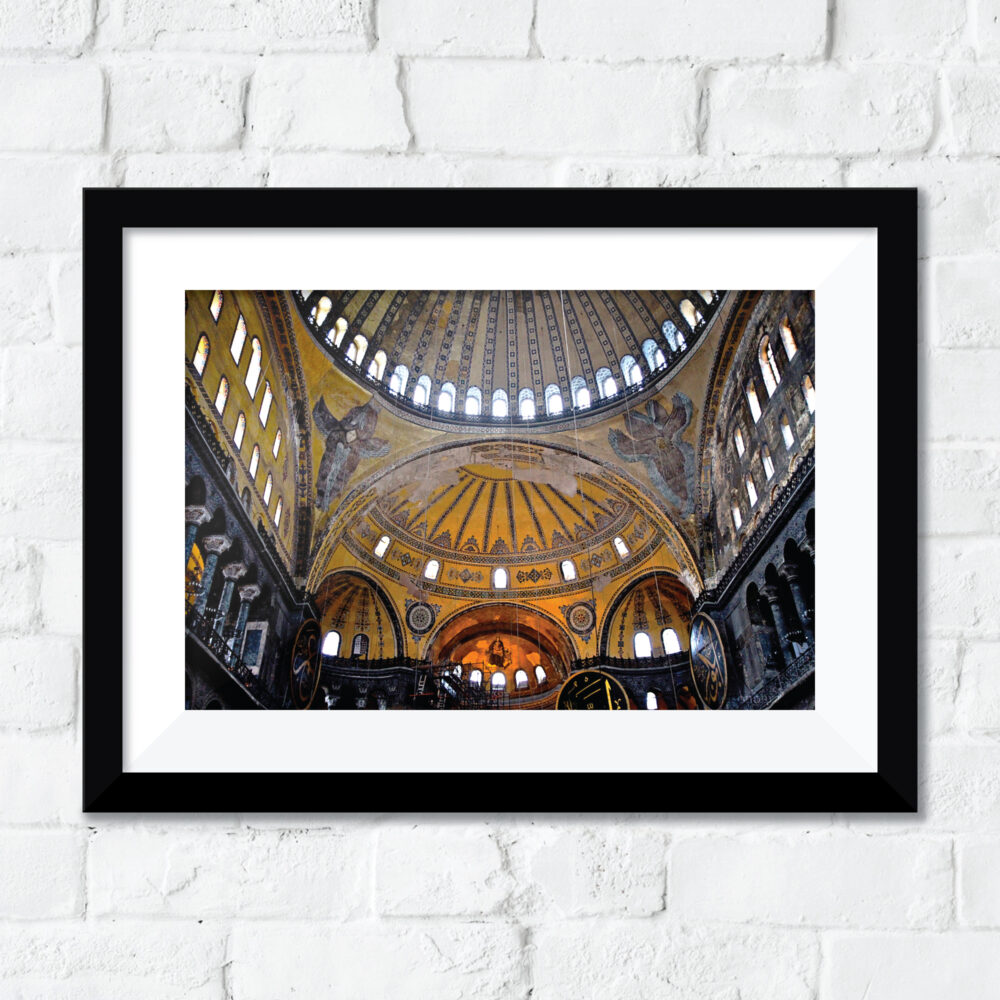
Free Hagia Sophia Photo
-
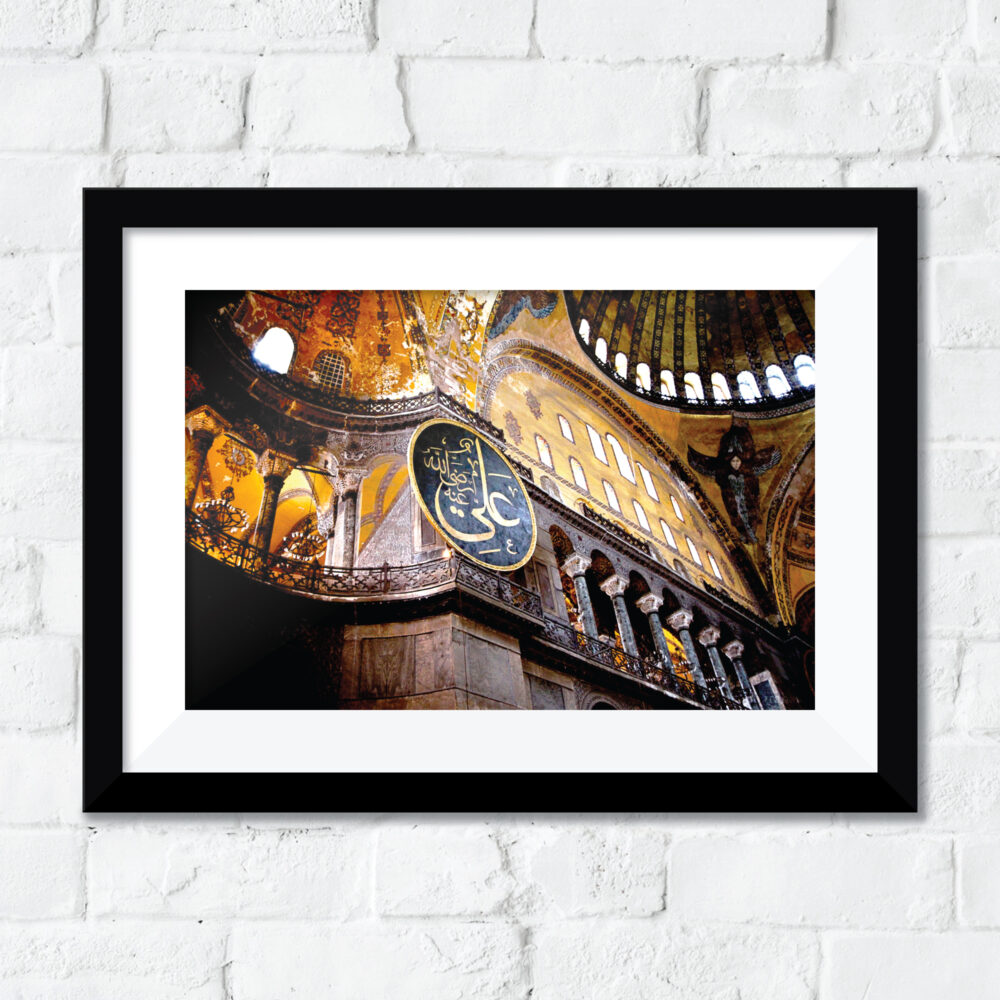
Free Hagia Sophia Photo
-
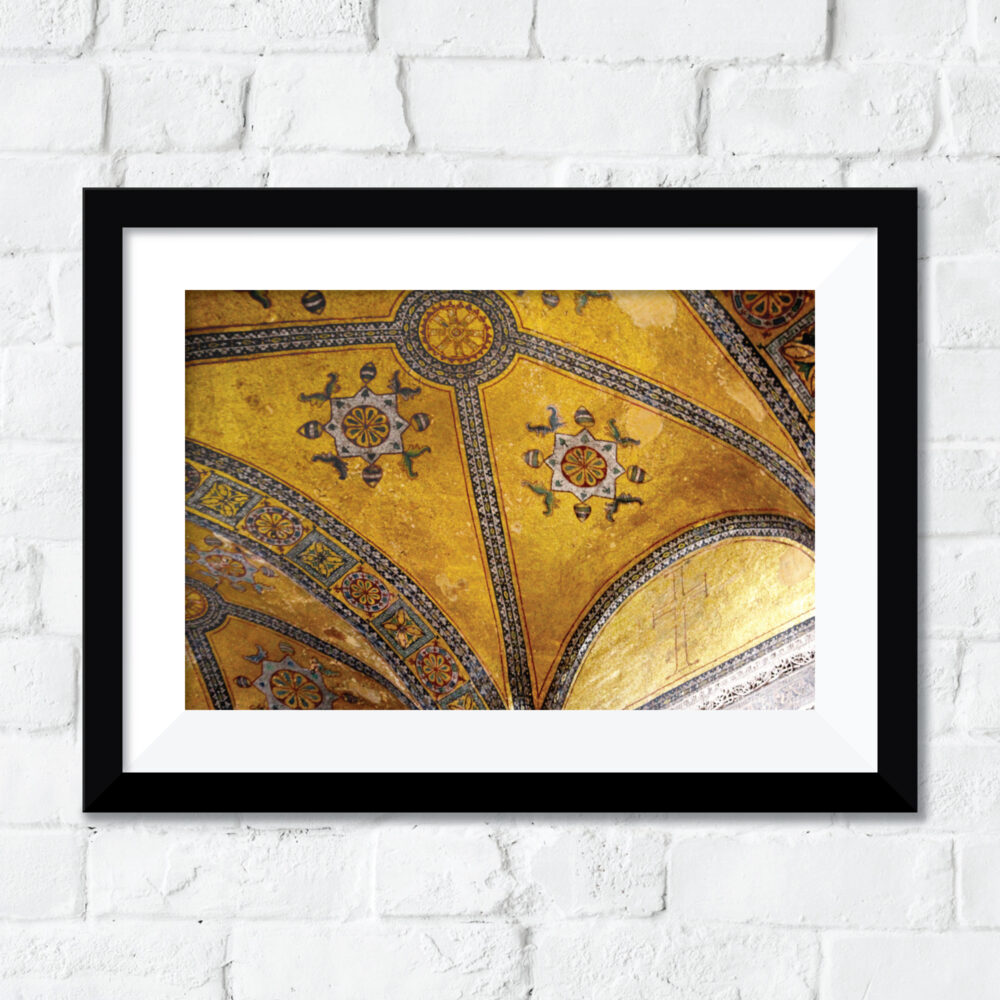
Free Hagia Sophia Photo
-
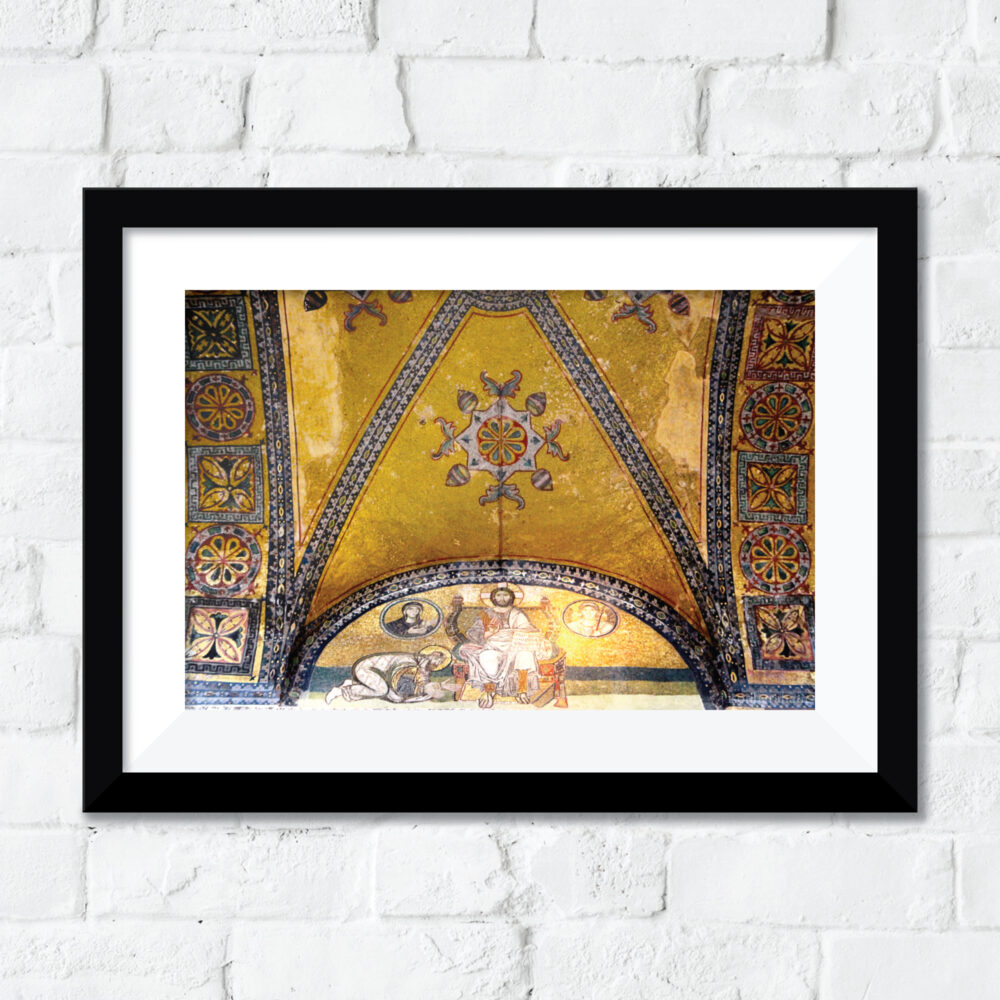
Free Hagia Sophia Photo
-
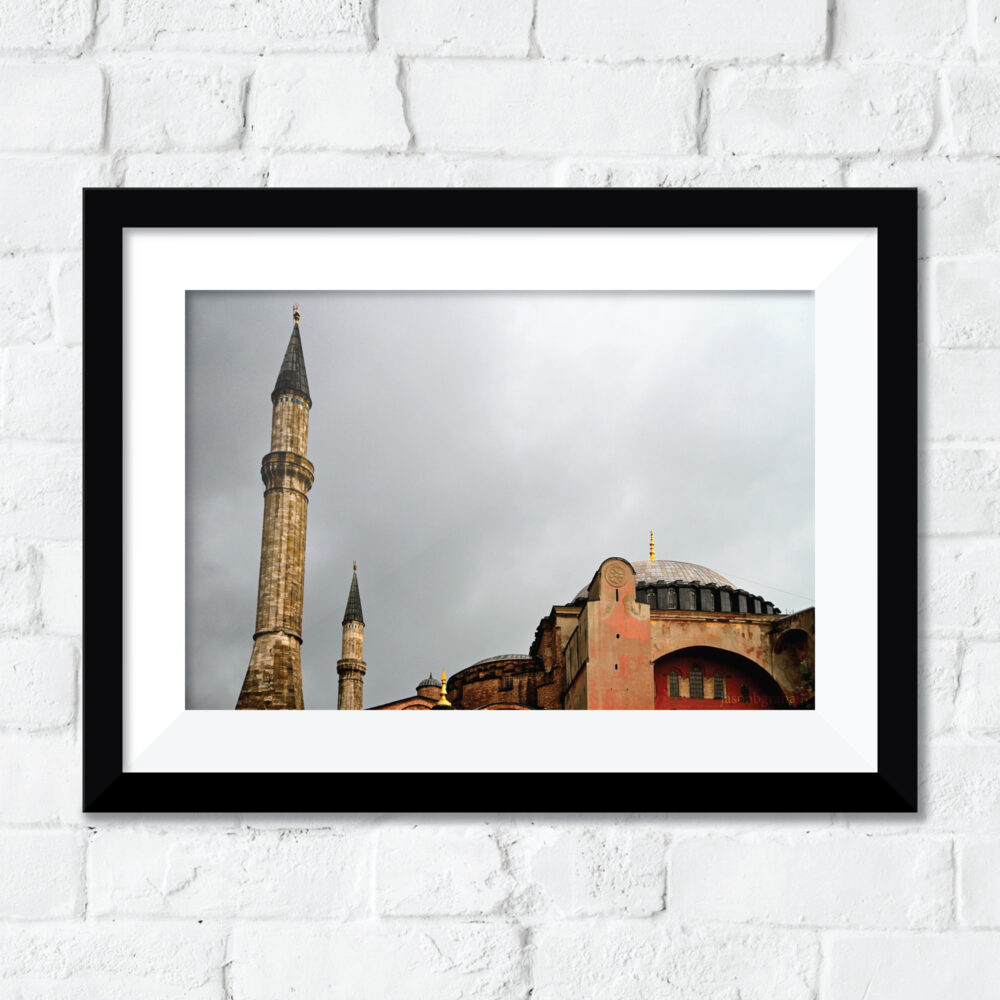
Free Hagia Sophia Photo
-
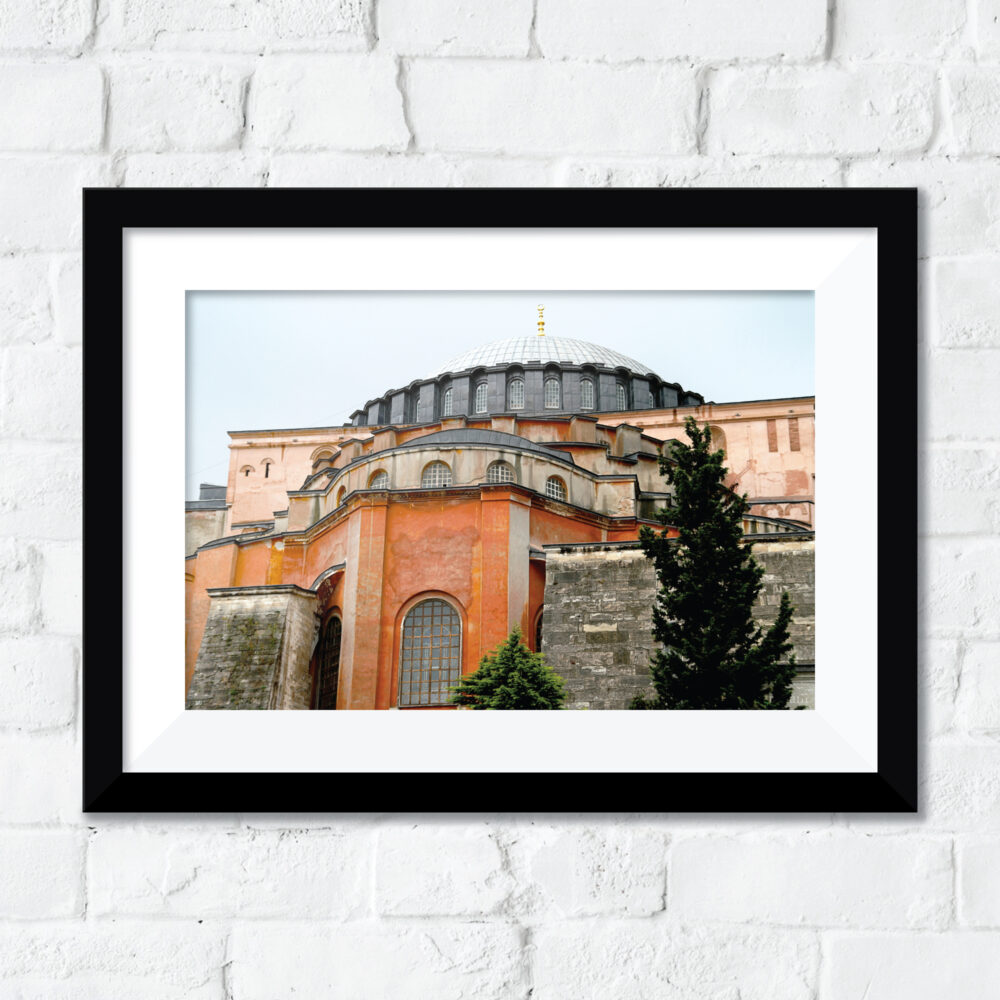
Free Hagia Sophia Photo
-
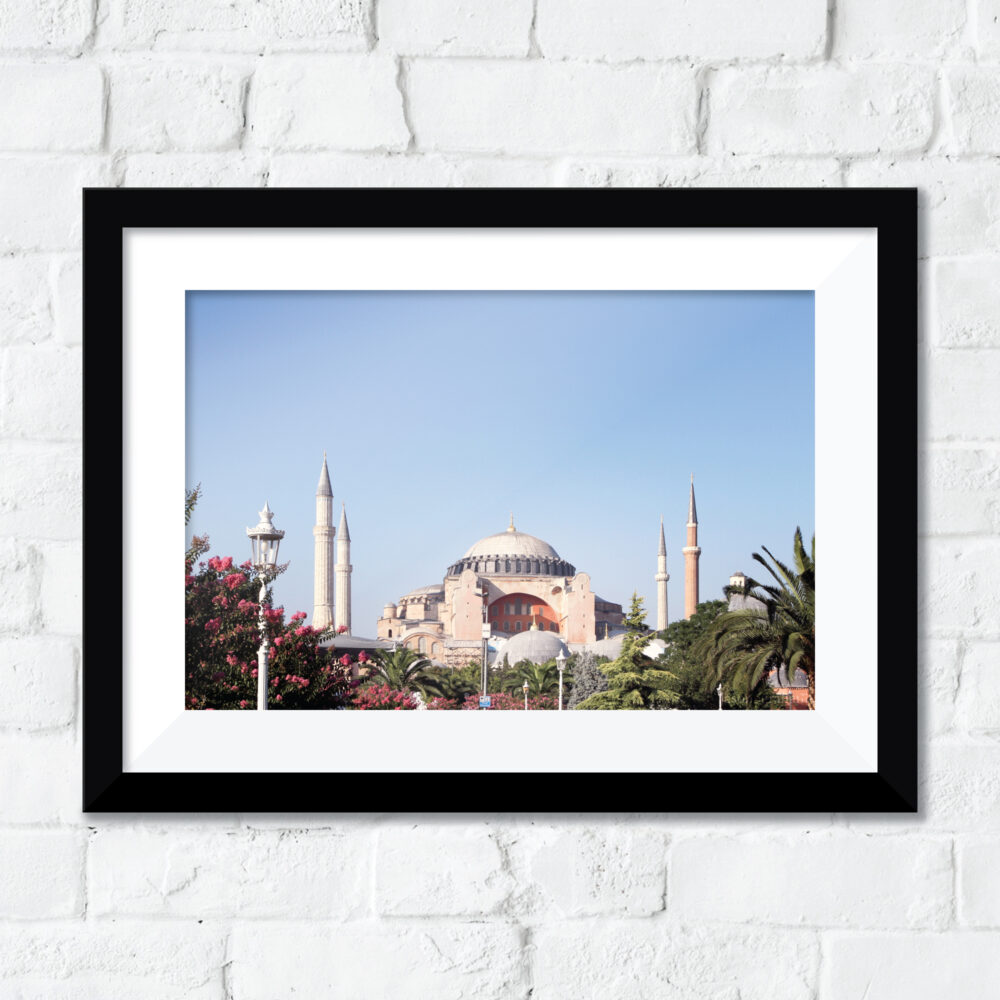
Free Hagia Sophia Photo
-
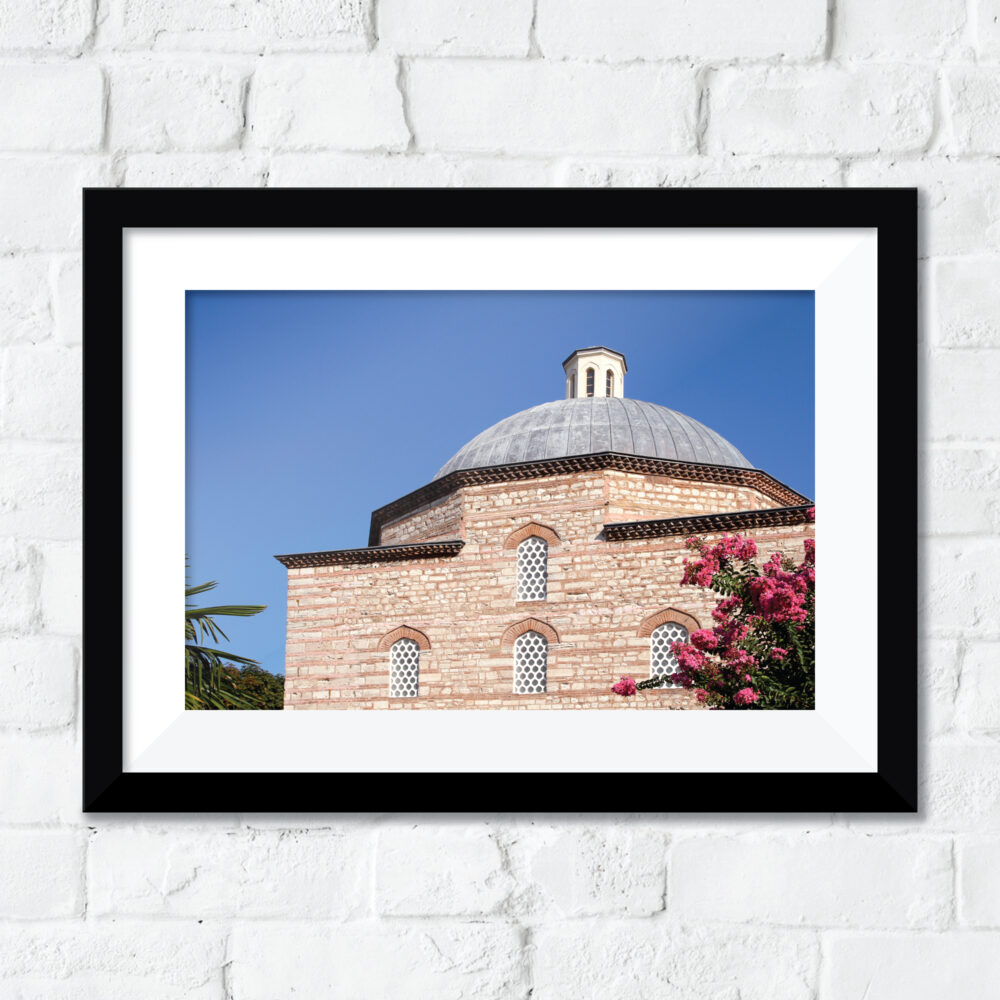
Free Hagia Sophia Photo
-
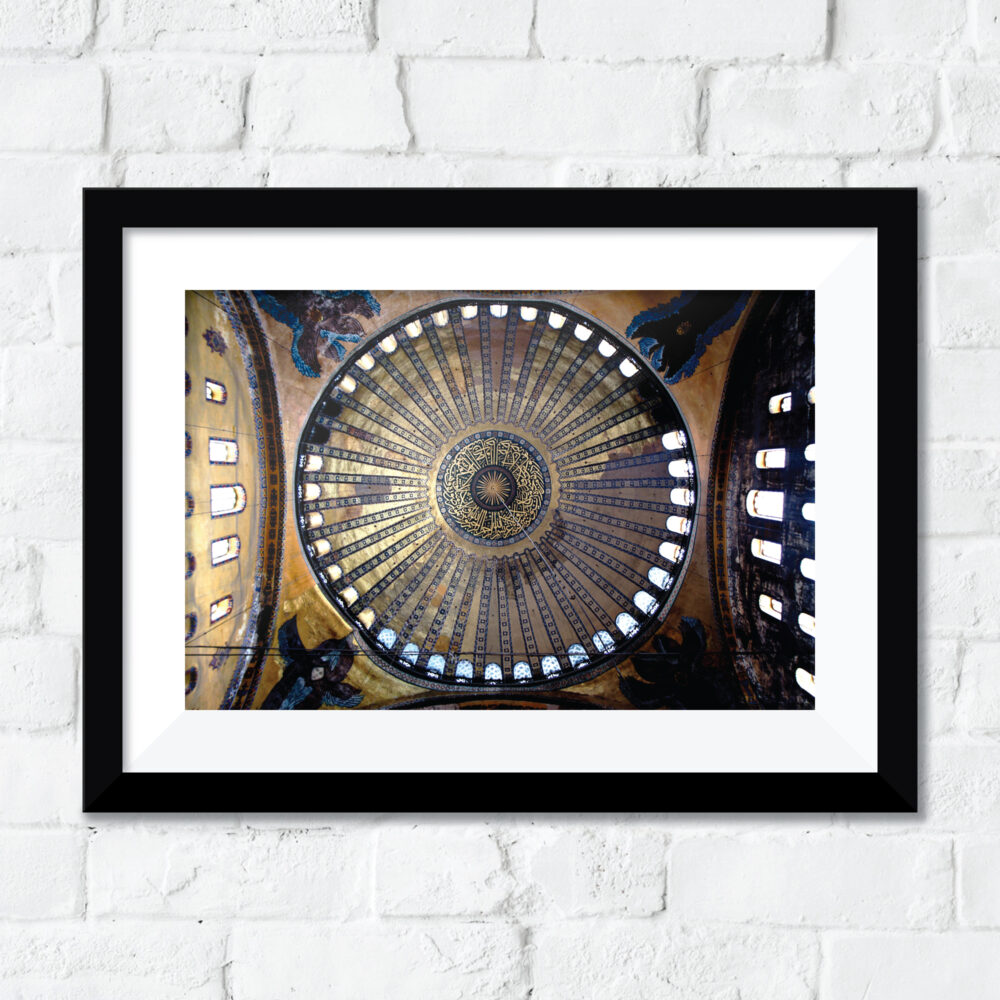
Free Hagia Sophia Photo
-
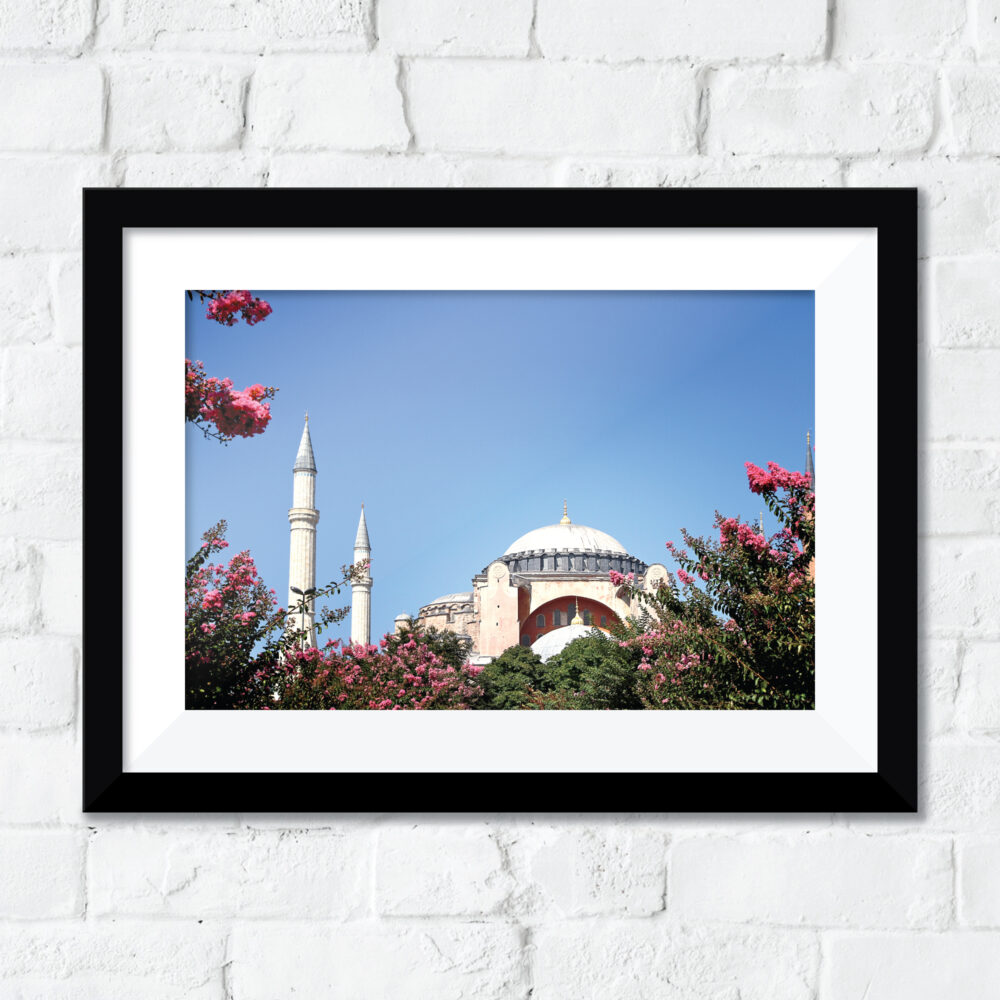
Free Hagia Sophia Photo
-
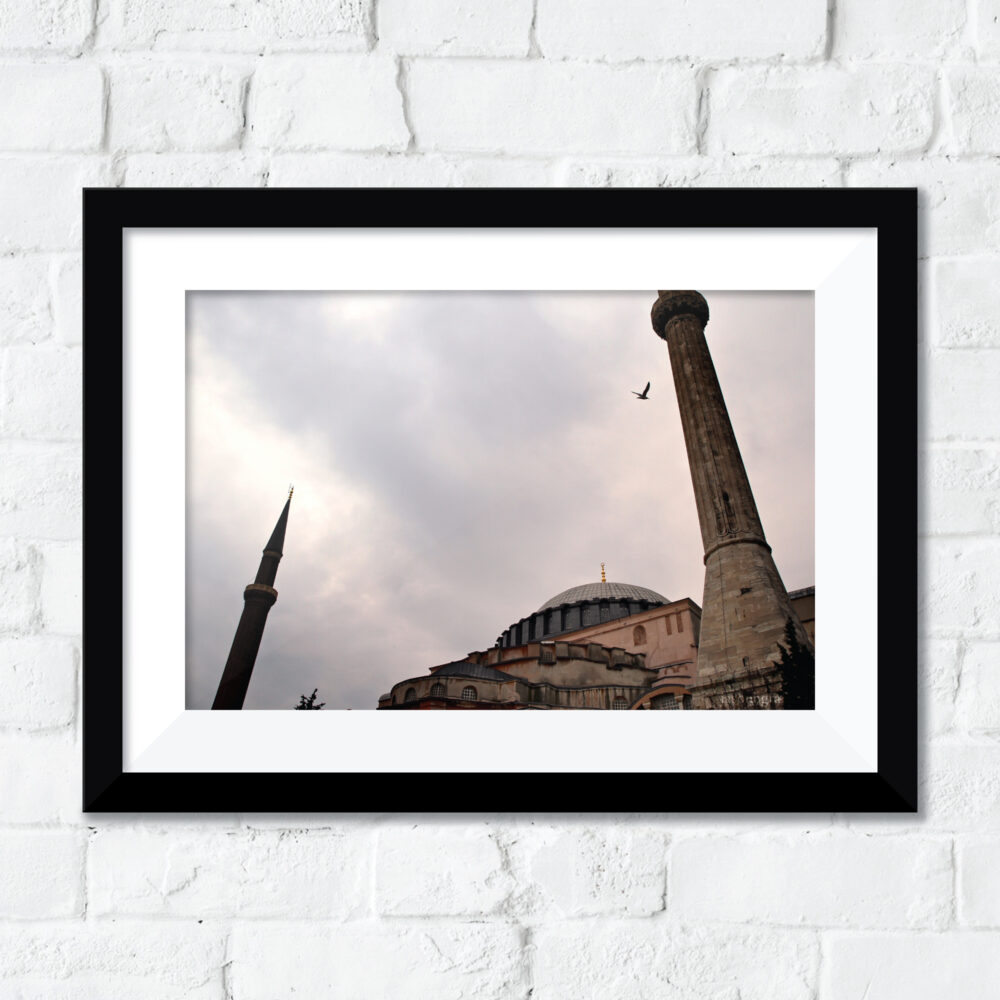
Free Hagia Sophia Photo
-
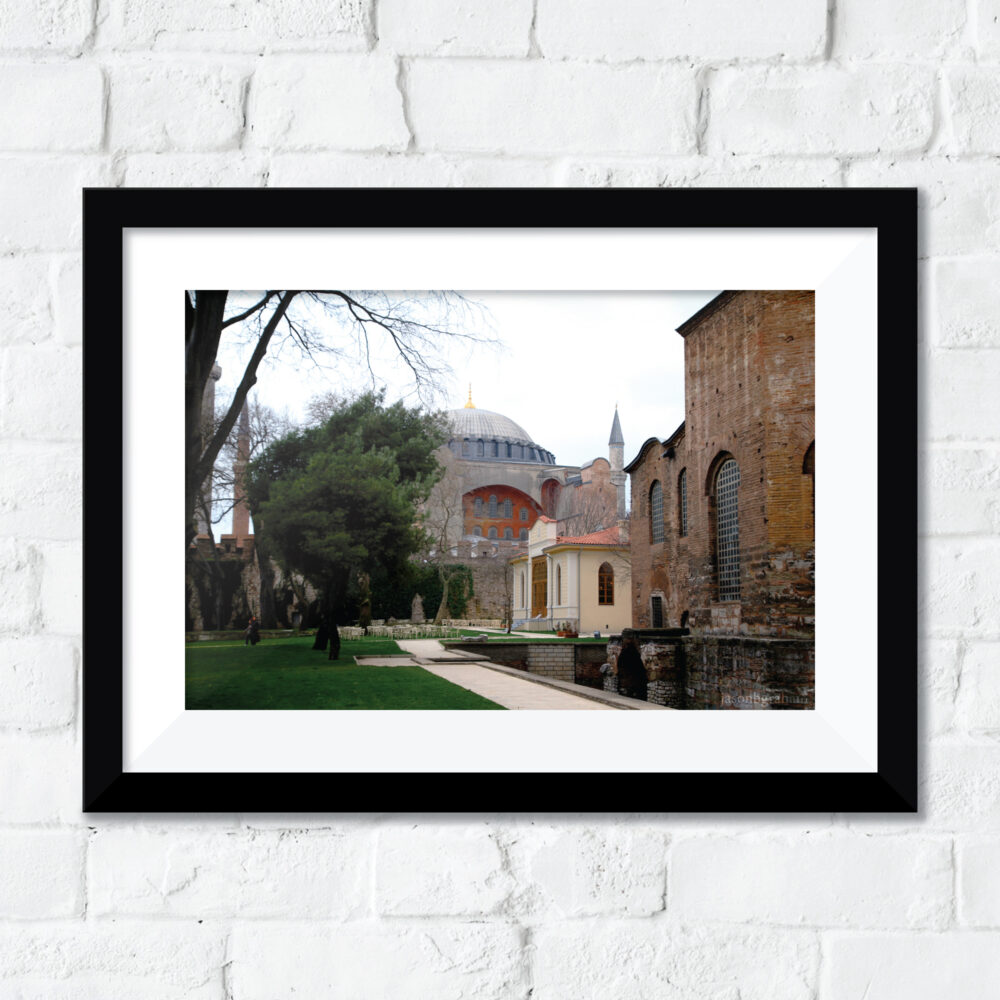
Free Hagia Sophia Photo
-

Hagia Sophia 127 x 190 cm
